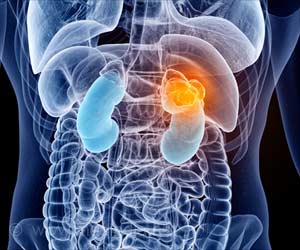A unique chemical mechanism by which bacteria evolve themselves to become resistant to antibiotics has been discovered by scientists.

The study was led by Squire Booker, an associate professor in the department of chemistry and the department of biochemistry and molecular biology at Penn State University.
Booker explained that, several years ago, genetic studies had revealed that Staphylococcus sciuri-a non-human bacterial pathogen-had evolved a new gene called cfr.
The protein created by this gene had been found to play a key role in one of the bacterium's mechanisms of antibiotic resistance.
Later, the same gene was found to have crossed over into a strain of Staphylococcus aureus-a very common kind of bacteria that constitutes part of the flora living in the human nose and on the skin, and which is now the cause of various antibiotic-resistant infections.
"Clearly, bacteria with this gene have a distinct evolutionary advantage. However, until now, the detailed process by which the protein encoded by that gene affected the genetic makeup of the bacteria was unclear; that is, we didn't have a clear 3D picture of what was going on at the molecular level," said Booker.
Advertisement
When this molecular tag is added by a protein called RlmN, it facilitates the proper functioning of the bacterial ribosome-a gigantic macromolecular machine that is responsible for making proteins that bacteria need to survive.
Advertisement
"What we've discovered here is so exciting because it represents a truly new chemical mechanism for methylation. We now have a very clear chemical picture of a very clever mechanism for antibiotic resistance that some bacteria have evolved," added Booker.
The study is published online in journal Science.
Source-ANI








